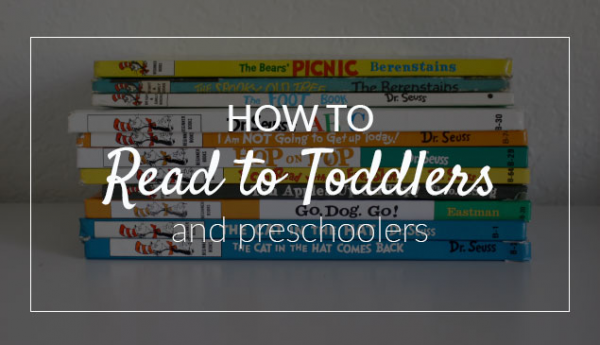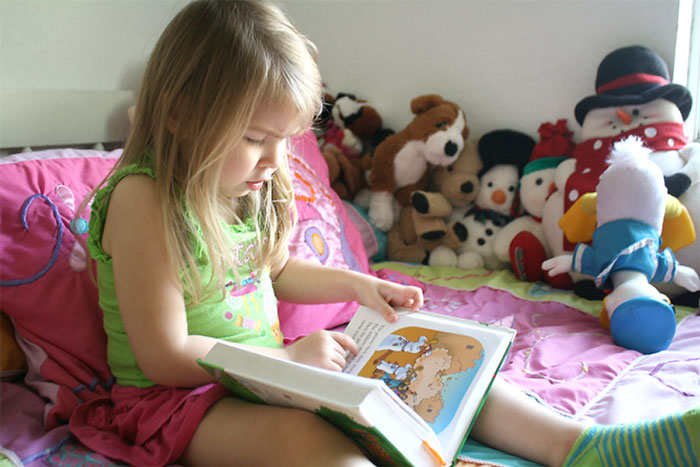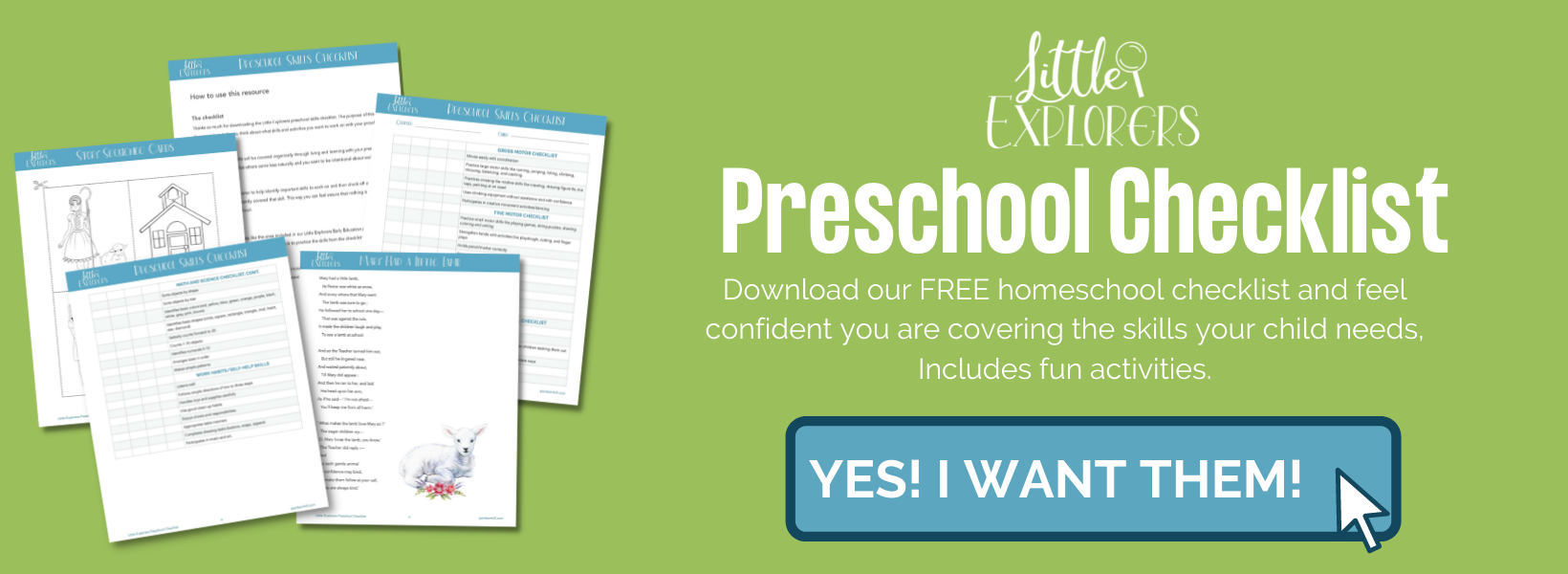
The other day, a friend asked me for help with a problem she’d been having in getting her toddler to sit still whenever she read to him.
She knows my daughter loves books as much as my husband and I do, and since I taught first and second graders to read during my years as an elementary school teacher, she figured I’d have a few helpful tips to pass along.
My friend was worried because although everyone always says it’s important to read to toddlers, hers never wanted to sit still. Oh, he would come over to look at the pictures every so often, but didn’t seem to be listening all the time. This concerned mom wondered what she should do.
If this situation sounds all too familiar to you, take heart — and don’t panic, because your predicament is extremely common among the toddling set!
First of all, keep in mind that little guys are constantly on the move and absorbing everything they can from their environment at the same time. Don’t be afraid to keep on reading while they’re running around or to play because believe it or not, they are still listening!
However, if your child ever expresses a desire to stop reading, honor that. You want to make sure the reading experience remains a positive one for your child and doesn’t turn them off books completely. You can always offer another reading opportunity in an hour or two if they ask you to stop right now.
You can read or listen to this post.
To have the best chance of promoting your child’s emerging literacy skills when you do break out the books, consider these ideas:
How to choose books for preschoolers and toddlers
Choose books about whatever topic your preschooler is into at the moment. Animals are always popular, as are books showing children engaged in everyday activities.
- Choose books with actions that accompany the story (think Wheels on the Bus or If You’re Happy and You Know It).
- Choose shorter books, or read just a few pages of a story at a time.
- Allow your child to choose the book (even if it’s the same one over and over that you’re sick of because you’ve read it 50 times already!) from a selection of three or four.
- Find books with flaps to lift or textures to feel.
- Read plenty of nonfiction selections. Your little sponge loves to soak up all sorts of new information on just about any subject!
- Since your toddler is making huge vocabulary gains each day, choose books containing objects they can point to and name (they love to be involved!)
- Create and read homemade books or scrapbooks or even photo albums (be sure to name family and friends in the pictures!)
- Don’t hesitate to choose other print items like magazines, newspapers or even junk mail ‐ it’s all still reading!
How to engage your preschooler or toddler while reading
- Sing the words instead of merely reading them (this is often quite easy to do since so many children’s books contain rhymes or songs)
- Create actions that match the story (two I’ve done this with are We’re Going on a Bear Hunt and The Little Old Lady Who Was Not Afraid of Anything).
- Instead of reading the words, just go through a book and look at the pictures together, naming objects or asking your child to point out certain items to you.
- Ask your child questions about the story and pictures (open-ended questions are best to get them involved.)
- Give your toddler the “job” of turning the pages.
- Substitute your child’s name for a character in the book.
- If the story is repetitive, let your child fill in the words or phrases each time they repeat.
- Realize that reading just a couple of pages of a book at a time is okay. Just keep the book out, so it’s easy to return to later.
- Keep reading even while your child is playing. It may seem like they’re not listening, but those words are sneaking in as well as the process of how to read a book.
- Take time to discuss print concepts (things like how to hold a book properly and turn pages). Be silly and model the wrong ways to read so they can correct you.
- Read slowly.
- Read expressively (use over the top voices for different characters!)
- Use puppets to read or act out the story.
Best tips for reading with young children
- Read following vigorous activity or at quieter times of the day (like after playing outside or before a nap) to promote a calm demeanor
- Tell stories (this also develops literacy skills) or listen to audiobooks while coloring or doing crafts.
- Take a trip to your local library. You’d be amazed at some of the programs that are being offered, and even if your child is going to Lego Club instead of story time, you can bet that those positive‐library feelings will pay off later on!
No matter what, it’s important to creative a positive reading environment in your home. Don’t force reading upon your child, just offer opportunities often.
Creating a positive reading environment means having books available for your child to just play with (board books are exceptionally durable). You should also do plenty of reading yourself (your little shadow not only loves to follow you around but to imitate what you do!). Make sure you choose physical books to read, too -‐ not just electronic versions.
Above all, don’t give up or get discouraged. There will come a day when your little bundle of energy will trot up, book in hand, and beg to sit in your lap while you read!
Can you think of any other great preschooler or toddler reading tips? I’d love to hear!
- 5 Easy Ways to Incorporate Preschool Math into Your Homeschool Day - September 29, 2022
- Preschool At Home: Calming Your Fears - August 31, 2022
- Homeschooling Your Preschooler: Social-Emotional Learning Guide - July 25, 2022




